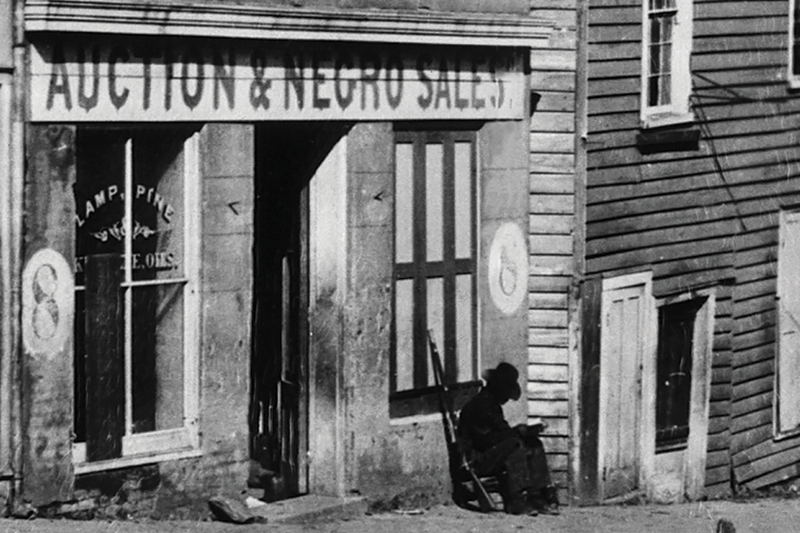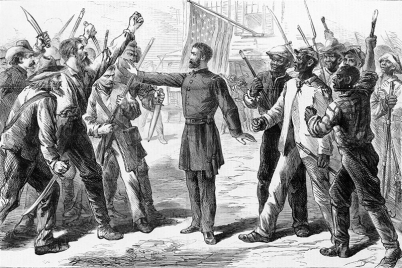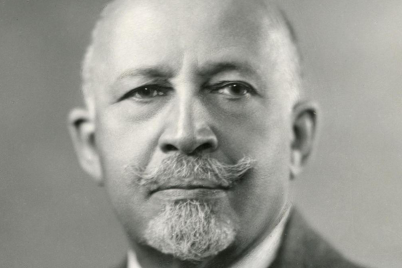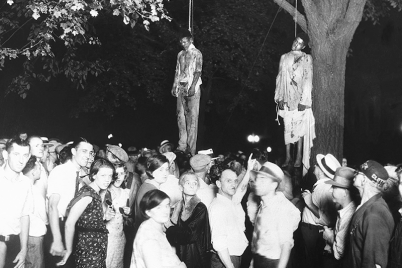In the United States, slaves were subject to sale at any time, to anyone and on such terms as pleased his master.
BY JACQUELINE HUBBARD, ESQ., ASALH President
When the slave trade, as we know it, began in the 15th and 16th centuries, it was a continuation of a practice that had existed for untold prior centuries. Slavery, in some form, had been practiced all over the world.
For instance, Egyptians, Arabs and Sub-Saharan Africans enslaved the people they conquered or captured in war, whatever their color or ethnicity. The Greek and Roman Empires also practiced slavery. However, menial tasks were not considered degrading, and slaves in antiquity could sometimes escape their conditions of servitude.
Before American slavery, slaves were not divided by nor identified by race or color. In fact, slaves could be of any race or color. According to historians John Hope Franklin and Alfred A. Moss, Jr.’s “From Slavery to Freedom,” both authors posit that it wasn’t until the Renaissance that the modern institution of slavery and the slave trade was “let loose.”
W.E.B. DuBois explained that the philosophy associated with the modern slave trade allowed “…the freedom to destroy freedom, the freedom of some to exploit the rights of others. If, then, a man was determined to be free, who was there to tell him that he was not entitled to enslave others?”
The commercialization of the slave trade began around 1517 when Bartolomé de las Casas encouraged migration to the Americas by permitting Spain to import African slaves. Soon a monopoly of the trade went to the highest bidder by governments who allocated the trade to private companies.
There were Flemish, Dutch, Portuguese, French and English slave traders. According to Franklin and Moss, “by 1621, the Dutch West India Company was organized with a monopoly of the African slave trade with the Dutch colonies in the New World.”
Slavery became a huge European business. After 1619, the Americas, including the colonies in North America, Central and South, became the major importers of African slaves and slavery became a racialized institution. African slaves were also imported into Mexico.
In 1692, England chartered the Royal African Company, and it dominated the slave trade for nearly 50 years. By 1788, England’s mastery of the slave trade included selling slaves to other nations’ colonies in the Americas and the Caribbean. By 1790, the population of the United States was nearly 4 million, with almost 750,000 blacks enslaved.
By 1808, the United States had prohibited the importation of slaves; however, slaves were now homegrown. This practice continued until the end of the Civil War in 1865 and the adoption of the 13th Amendment shortly thereafter.
England ended the institution of slavery in 1834, including its colonies in the Caribbean. Brazil, probably the largest importer of slaves in South America, did not abolish slavery until 1888.
According to the Equal Justice Initiative’s publication “Slavery in America: The Montgomery Slave Trade,” “an estimated 10.7 million black men, women, and children were transported from West Africa and sold into slavery in South America, Central America, or North America. Nearly 2 million more are estimated to have perished during the brutal voyage.”
The voyage to the Americas, from usually Senegal, Ghana and other West African nations, is often referred to as the Middle Passage, so called because it was the middle leg of a three-part voyage that began and ended in Europe. It was a brutal, inhumane voyage of black people stacked up like logs with little room to breathe or move; little food and water, no toilet facilities and much sickness and death.
Only the strongest survived. Many committed suicide, and many arrived very ill only to continue to suffer in involuntary servitude for nearly 250 years.
Those in the northern United States were not confined to agriculture as were those in the South. Once the cotton gin was invented, black people toiled in southern states on cotton plantations where their work became more important than their lives.
Chattel slavery became the norm in the southern United States, and inhumane black bondage became instilled as a way of life. The free labor of enslaved black people created great wealth for others.
Racialized slavery became a deep part of American life. As a result of the slave trade and its length, and slavery itself, institutionalized racism sank deep roots in America. It is clearly manifested in the American criminal justice system and the constant assault on black people’s right to vote.
This is a reality in which we, as Americans, must reconcile, admit, change, forgive, de-institutionalize and move on in order to hold on to the faith needed to heal. It will require a tremendous change to succeed.
We must vote for those who represent this change. Voting is essential for change. Never take it for granted. Never fail to exercise your right to vote.
Attorney Jacqueline Hubbard graduated from the Boston University Law School. She is currently the president of the St. Petersburg Branch of the Association for the Study of African American Life and History, Inc.








